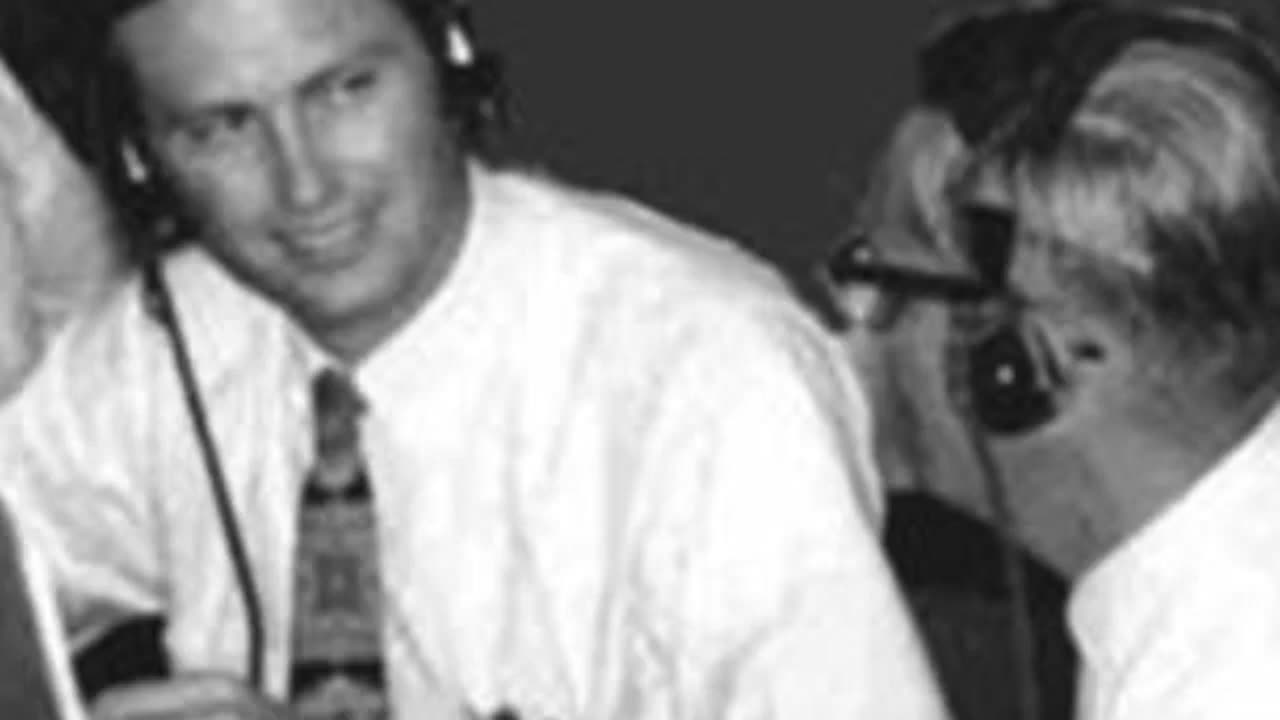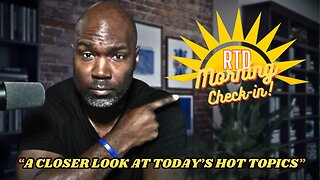Premium Only Content

NASA Apollo. The MER was not the MOCR. A conversation with Jerry Woodfill regarding Jimmy Riordan
The MER was not the MOCR
(Mission Evaluation Room – Mission Operation Control Room)
by Jerry Woodfill phone interview by James R. Riordan
Below:
Remembering NASA Engineer Jerry Woodfill, the Inspiration Behind “13 Things That Saved Apollo 13” JANUARY 24, 2022 BY NANCY ATKINSON
(link to entire article at the end)
Jerry Woodfill, an engineer who worked diligently behind the scenes during NASA’s Apollo program, has passed away at age 79. Jerry was still employed by the Johnson Space Center (JSC) at the time of his death, working there for over 57 years. Most notably, Jerry worked as the lead engineer behind the Caution and Warning System on the Apollo spacecraft, which alerted astronauts to issues such as Apollo 11’s computer problems during the first Moon landing, and the explosion of Apollo 13’s oxygen tanks.
While continuing his work as an engineer at JSC, Jerry’s infectious enthusiasm for spaceflight led him to also be part of NASA’s public and educational outreach, where he spearheaded programs for children, teachers and adults about science and space flight. He routinely gave over 40 lectures a year, both in person and online to listeners around the world. His unique sense of humor and sometimes unabashed showmanship could hold even the shortest of young attention spans. Jerry usually had his audiences either in stitches or fully captivated by his stories.
His passion and never-ending interest in spaceflight history was the inspiration behind Universe Today’s multi-year series on Apollo 13, “13 Things That Saved Apollo 13,” “13 MORE Things That Saved Apollo 13,” and “Even More Things That Saved Apollo 13.” I first interviewed Jerry in 2007, and have been honored to call him my friend ever since. His passing leaves a void in the universe.
Jerry tended to downplay his role at NASA, calling himself a “low level engineer,” but he was an integral part of the cog of engineers and scientists who worked behind the scenes to make it possible to reach the Moon.
One of his passions was to encourage students who might be experiencing challenges. Jerry often shared his story of overcoming his own academic and athletic shortfalls in his younger days. While attending Rice University on a basketball scholarship, his life on and off the court wasn’t going as he had hoped.
“Sadly, I hold the record of the lowest shooting percentage in Rice University history…one out of eighteen shots!” he told me years ago. “And the one shot I made at Baylor University with seconds left in the first half was a desperate 35-foot pass to our center under the basket. It sailed too high and went through the hoop. My only basket was actually a bad pass! In truth, I was zero for eighteen.”
He wasn’t doing well in his classes either, and was unsure of his future. But then President John Kennedy visited Rice University in 1962, and delivered his iconic “We choose to go to the Moon” speech, which helped propel NASA’s Apollo program into reality. Fully inspired by the speech, Jerry turned in his basketball shoes and focused on his studies of electrical engineering, intent on becoming part of the space program.
His dream came true and he joined NASA in 1965, just in time to help to build the Apollo spacecraft.
Jerry compared the Caution and Warning alarm system on the spacecraft to the lights that come on in an automobile when the battery is low or the generator isn’t working. “We had to come up with the best means of telling the astronauts they had a problem,” he said. We had to make sure the alarm system worked right.”
He worked with contractors, fellow engineers, flight controllers and astronauts on the alarm systems for both the Command Module and the lunar lander.
Jerry was also part of the Mission Evaluation Room (MER), which was responsible for solving in-flight problems during the Apollo missions to the Moon. MER operated as a support room for Houston’s Mission Control, and housed a diverse team of engineering experts across several different disciplines for both the spacecraft and the crew, as well as experts from the various contractor companies that built the spacecraft or systems.
During the Apollo missions, approximately 100 engineers at a time worked in around the clock shifts, constantly analyzing incoming data from the spacecraft and sharing any pertinent data with other support rooms and the flight control team.
“We were an unsung group,” Jerry explained “We were there for mission support. We weren’t flight controllers, but we were experts the flight controllers turned to for insights and analysis.”
Jerry was at his seat in the MER the night of April 13, 1970, when the oxygen tank in Apollo 13’s Command and Service Module exploded. He helped ascertain exactly what his alarm system was telling the astronauts and flight controllers, so that the crew could be brought home safely.
-
 LIVE
LIVE
The Rubin Report
1 hour agoCNN Panel Clashes Over Kash Patel’s Aggressive Move That Some Say Goes Too Far
3,314 watching -
 UPCOMING
UPCOMING
Nerdrotic
5 hours agoNerdrotic Nooner 482
3.38K1 -
 UPCOMING
UPCOMING
The Shannon Joy Show
1 hour ago🔥🔥Radical American Independence - The Most Controversial Political Position In America Is To Fully Reject BOTH Political Parties. Are You Ready To Emancipate?🔥🔥
99 -
 LIVE
LIVE
Benny Johnson
1 hour agoDark TRUTH About Deadly DC Crash REVEALED: Female Army Pilot REFUSED Orders! 'Intentional'
6,843 watching -
 UPCOMING
UPCOMING
Grant Stinchfield
16 minutes agoLAPD Fails to Release the Most Important Video of the Police Shooting of a Rock Star Wife
-
 1:00:39
1:00:39
VINCE
3 hours agoThe Mass Deportations Have Begun | Episode 31 - 04/28/25
167K106 -
 LIVE
LIVE
LFA TV
14 hours agoALL DAY LIVE STREAM - 4/28/25
4,214 watching -
 UPCOMING
UPCOMING
Vaxxchoice
19 hours agoYour News with Sam Anthony
316 -
 56:44
56:44
VSiNLive
1 hour ago $0.46 earnedA Numbers Game with Gill Alexander | Hour 1
6.28K -
 32:37
32:37
Rethinking the Dollar
1 hour agoBlackout Spreads In Europe: Accident or WARNING? | Morning Check-In
5.47K2